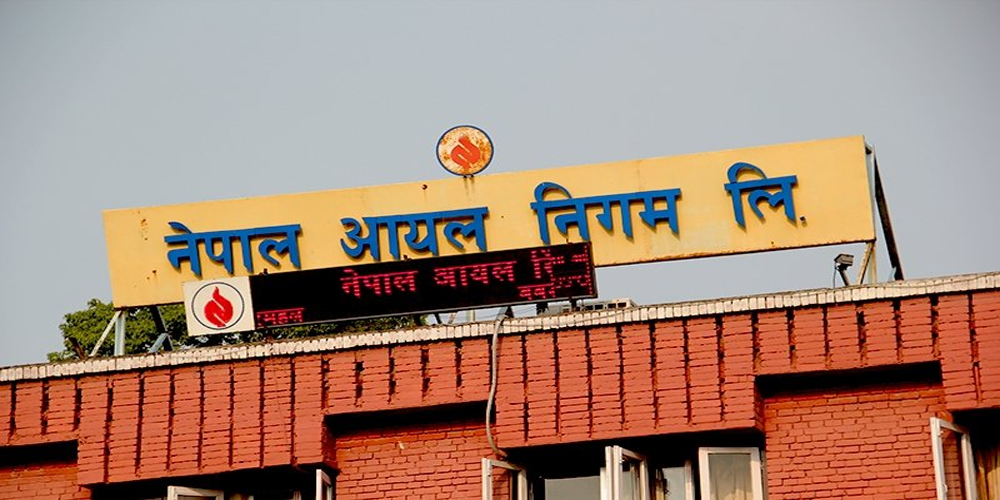
Preparations have begun for the development of the Humla Karnali Second Hydropower Project, a major energy initiative with an installed capacity of 335 megawatts, aimed at transforming the economic landscape of Humla district.
According to officials, the Environmental Impact Assessment (EIA) process for the project is currently underway. The Ministry of Forests and Environment initiated the EIA following a recommendation from the Ministry of Energy, Water Resources, and Irrigation. The Ruru Hydropower Project Limited has been entrusted with overseeing the project’s construction.
The project site is located within the Kharpunath and Sarkegad Rural Municipalities of Humla District. The Ministry of Forests and Environment has already issued a public notice inviting feedback from local stakeholders on the EIA report. Approximately 47.13 hectares of land will be required for the project’s development.
As per the Environmental Protection Act, 2076 BS, all hydropower projects exceeding 50 MW must undergo a full Environmental Impact Assessment. Consequently, detailed studies are being conducted to assess potential effects on local ecosystems and communities.
Planned within the Karnali River Basin, the project will harness the Humla Karnali River, a perennial glacier-fed river, highlighting its strategic and environmental importance. The design discharge for the project has been set at 118.70 cubic meters per second.
The construction blueprint includes two diversion tunnels, measuring 545 meters and 542 meters in length, each with a 9.5-meter diameter. Once operational, the project is expected to generate approximately 609.89 gigawatt-hours (GWh) of energy during the dry season and 1,184.83 GWh during the wet season.
Electricity generated from the Humla Karnali Second Hydropower Project will be transmitted to the Mugu Karnali power hub via a 20-kilometer-long double-circuit 400 kV transmission line.
Officials believe the project will not only contribute significantly to the national grid but also support local development, improve infrastructure, and create employment opportunities in the remote Himalayan district.
































